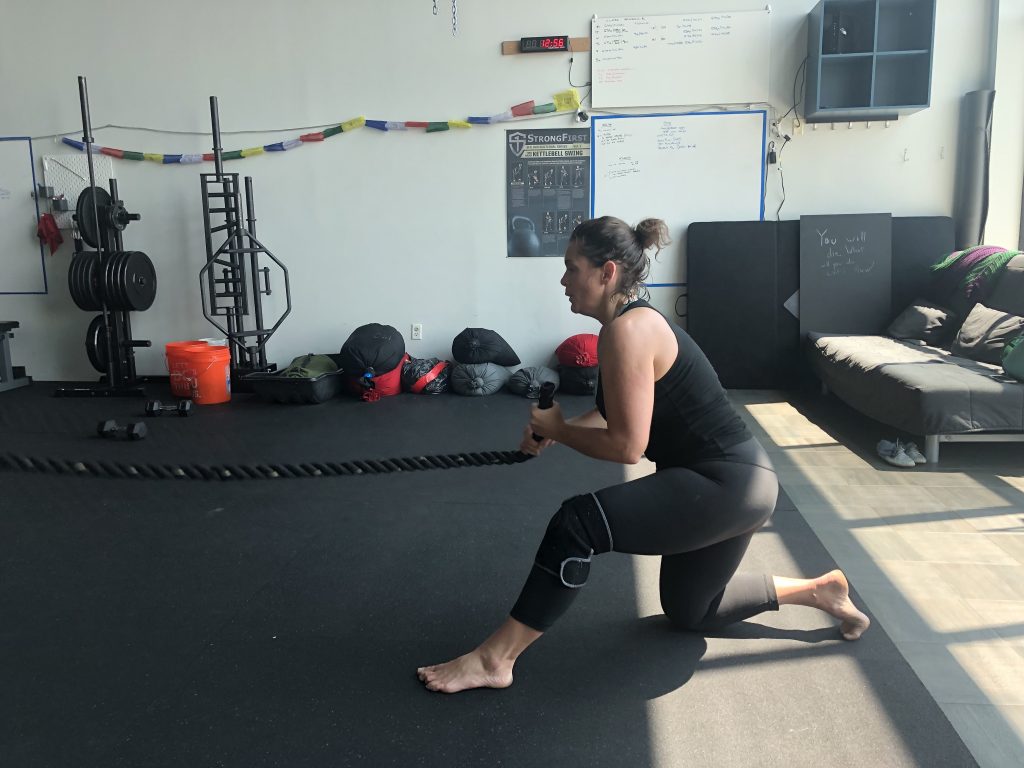When I started taking yoga classes, now 20 years ago, it was common for the teacher to invite everyone in the class to set an intention. “Patience.” “Compassion.” “Focus.” “Don’t look around.” “Get stronger.”
For a while, I too invited students in my classes, when I started teaching, to set intentions. For the last several years, I’ve probably brought this idea up once every 20 classes, so pretty infrequently.
And then, about 6 months ago, I was challenged to defend my training and nutrition plans with the question: what’s your intention?
Uh-oh, I had absolutely no idea. Or rather, my ideas were so incredibly vague (“get stronger,” “move better”) that they didn’t really connect to what I was doing in-the-moment. These aren’t bad goals, or poor reasons to commit to a training plan – they’re still my guiding mission statements; it’s just that now, when I’m planning a workout or a 6-week training cycle, each exercise is included for specific reasons, and I have an intention for each day.
And that’s when it came full circle: for years, I’ve told people that my primary yoga practice is picking stuff up and moving it around, mindfully.
My primary yoga practice is picking stuff up and moving it around, mindfully.
What is yoga, at its root:
- A movement system with shapes, alignments, and flowing segments between those shapes and alignment.
- A breathing system with strategies to increase or decrease energy and focus, by changing the state of the nervous system.
- A mindfulness practice centered in the body, through a focus on sensation.
Yep, that’s what my strength training looks like, at heart. And so, being challenged to identify an intention, is absolutely logical, albeit challenging.
There are three types of wins: Learning, Feeling/Blood Flow, Intensity/Dying.
And when you go into a workout, or a training session, or even just work on a single exercise, ask yourself: what’s the win I’m after right now. Wins come in these three flavors:
- Learn something: develop a skill, master a skill, play with something new.
- Feel a muscle and increase blood flow: get a pump, build a neural connection to a muscle, activate an under-working muscle.
- Go to the point where you feel like you’re dying: push the intensity to a degree where all language processing shuts off, and you’re in a life-or-death fight.
Every single workout should serve one of these purposes.
What’s amazing is that each of these purposes, by their very nature, requires concentration and mindful attention to what you’re doing. And as a result, they can all bring you back to the moment, away from the dark voices in your head (you have them too, right? It’s not just me?), and ground you in your life, your world, your body, and your humanity again.
When you go into your next workout, what’s your intention? What win are you setting yourself up to experience?
And equally important: are you winning? Does your experience align to your intention?
-Michael

